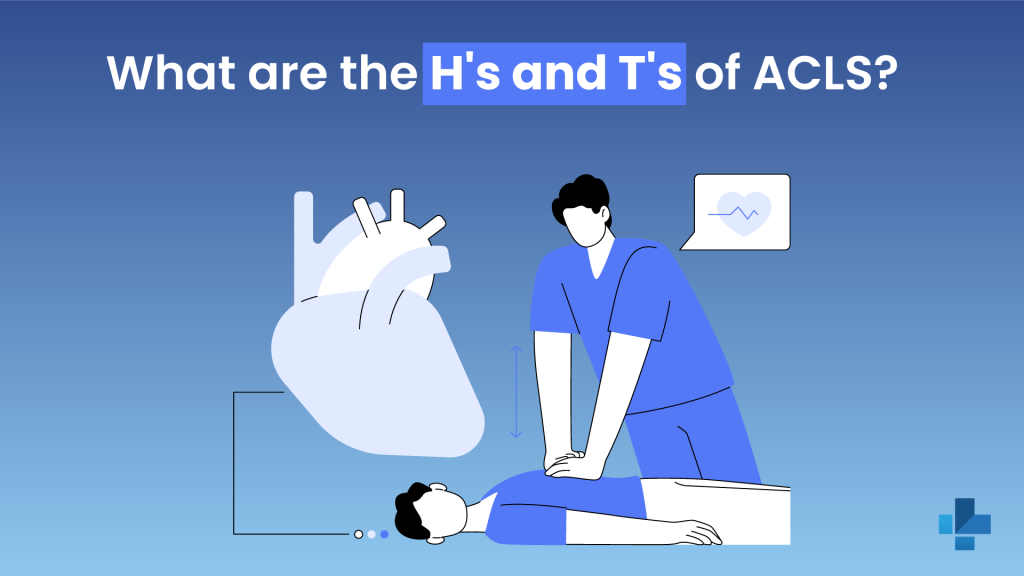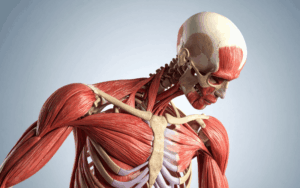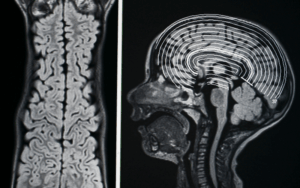
In a cardiac arrest situation, time is very important. The ACLS guidelines help doctors handle these emergencies. One important tool is the H’s and T’s mnemonic that helps diagnose and treat causes of cardiac arrest that can be reversed.
What are the H’s and T’s?
The H’s and T’s are the factors that can cause cardiac arrest. They need timely identification and proper treatment. These factors include heart disease, stroke, and certain medications.
In this blog post, we will get to know more about the H’s and T’s of ACLS.
Hypovolemia:
Hypovolemia is often caused by dehydration or hemorrhage and is characterized by rapid heart rate, low blood pressure, and weak pulses. It can be treated with IV fluids or blood products.
Hypoxia:
Hypoxia is a condition that is characterized by insufficient oxygen in the blood due to some respiratory issues. It shows some symptoms such as altered mental state, cyanosis, and difficulty breathing. Treatment involves ensuring airway patency and supplemental oxygen.
Hydrogen ions (Acidosis):
Acidosis is a condition in which the blood becomes too acidic. It can be caused by problems with the body’s metabolism or breathing. Individuals with acidosis have some symptoms such as confusion, tiredness, fast breathing (in metabolic acidosis), and slow breathing (in respiratory acidosis). Doctors can find and treat their main cause of acidosis.
Hyperkalemia or hypokalemia:
Hyperkalemia or hypokalemia is a condition that is characterized by abnormal potassium levels in the blood. It causes muscle weakness, arrhythmias, and ECG changes. Healthcare professionals should prescribe calcium, insulin, and glucose to those individuals with hyperkalemia or hypokalemia.
Hypoglycemia:
Hypoglycemia is a condition that shows some symptoms such as sweating, altered mental status, and tachycardia. It can be treated with glucose or dextrose to restore normal blood sugar levels.
Hypothermia:
Hypothermia is a condition in which the body temperature drops significantly below normal. It causes some symptoms like slow heart rate, shivering, and altered mental status. Doctors should suggest those individuals use warm blankets. They can also use warm IV fluids and other warning techniques.
Hypocalcemia:
Hypocalcemia is a condition that is characterized by low calcium levels in the blood. It can cause muscle cramps, tetany, and prolonged QT intervals on ECG. It needs proper treatment that involves intravenous calcium supplements.
Toxins:
Drug overdoses can severely affect heart function and cause altered mental status and arrhythmias. Doctors can use specific antidotes that provide supportive care. They should also consider activated charcoal if necessary.
Tamponade (Cardiac):
Cardiac tamponade is a condition in which body fluid accumulates in the pericardium. It compresses the heart and increases the risk of distended neck veins, muffled heart sounds and hypotension. Healthcare professionals can perform pericardiocentesis to treat this condition. It is a process that removes the excess fluid.
Tension Pneumothorax:
Tension Pneumothorax occurs when air in the pleural cavity causes lung collapse. It causes severe respiratory distress, tracheal deviation, and hypotension. Healthcare professionals can use needle decompression and chest tube insertion to treat this condition.
Thrombosis (Coronary):
Coronary thrombosis is a blood clot in the coronary arteries that causes myocardial infarction. It causes chest pain and increases the levels of cardiac enzymes. Doctors can treat individuals with coronary thrombosis by performing percutaneous coronary intervention (PCI), using thrombolytics or reperfusion therapies.
Thrombosis (Pulmonary):
Pulmonary thrombosis is a sudden pulmonary embolism that is usually caused by a blood clot in the pulmonary arteries. It shows some symptoms such as chest pain, shortness of breath and hypoxia. Doctors can use thrombolytics and anticoagulants to treat blood clots. But if they do not work, they can perform surgical embolectomy to remove the blood clot.
Trauma:
Trauma is a physical injury that affects heart function or blood volume. It shows symptoms that vary based on its severity. Healthcare professionals should address those specific injuries, manage airway and breathing and control bleeding to treat this condition.
In conclusion, the H’s and T’s mnemonic is crucial for managing cardiac arrest situations. It can help individuals identify and treat causes like hypovolemia, hypoxia, and thrombosis that are reversible. The ACLS guidelines use this mnemonic to guide healthcare providers how to respond quickly and provide the best medical care to patients.
Medtigo provides online medical certification courses like BLS, ACLS and PALS. You can click on the following links to get more information about them.
Know more about BLS Here
Know more about ACLS Here
Know more about PALS Here















